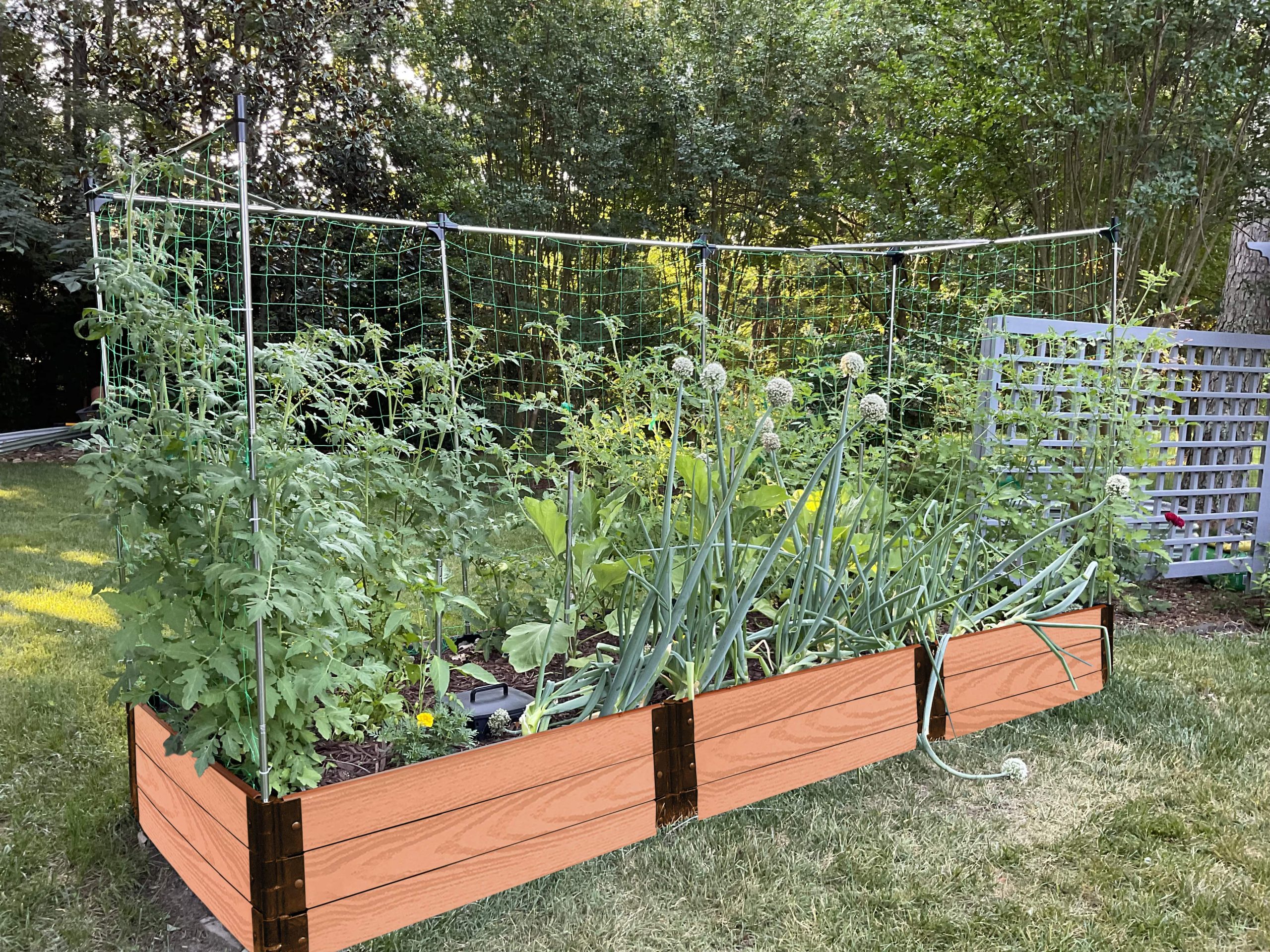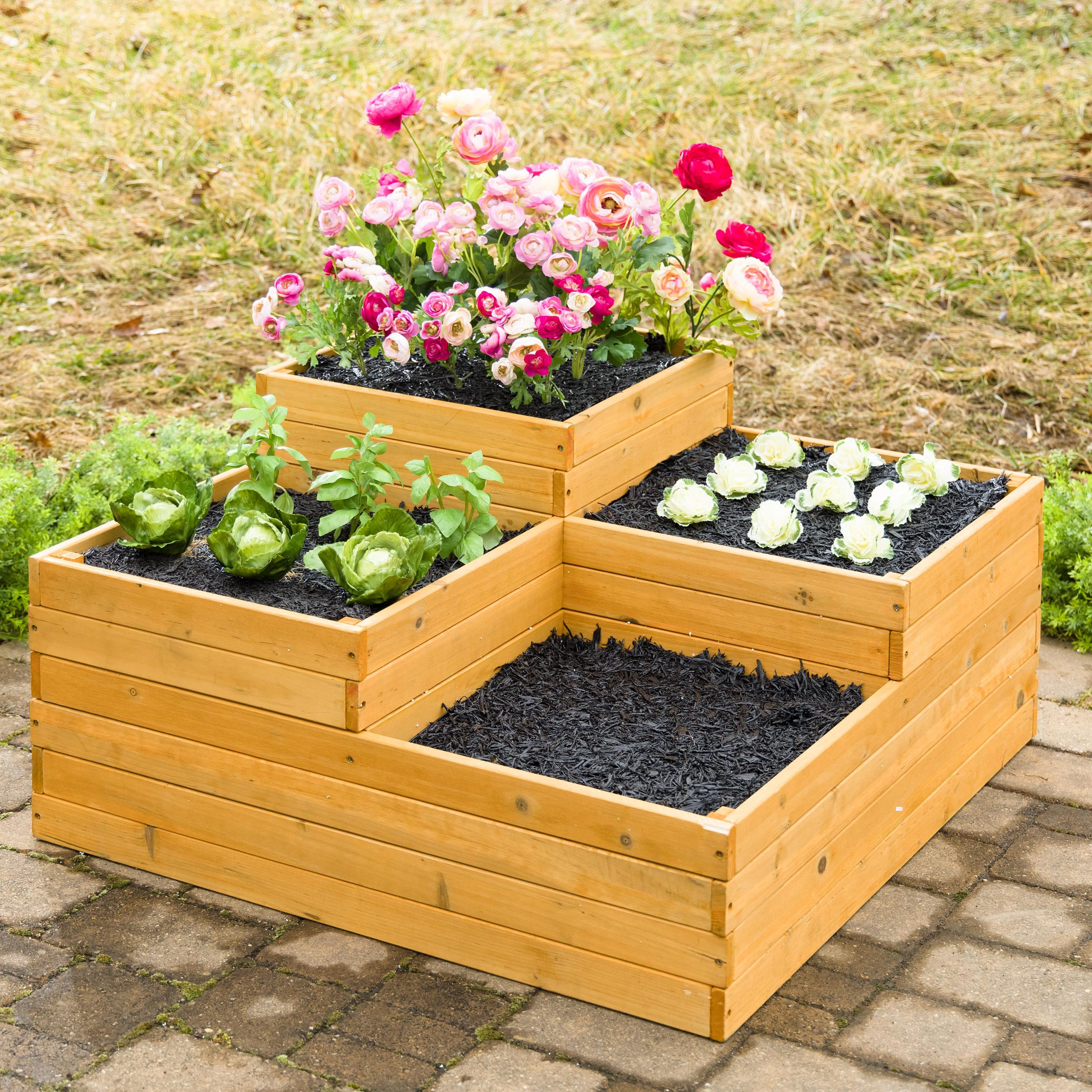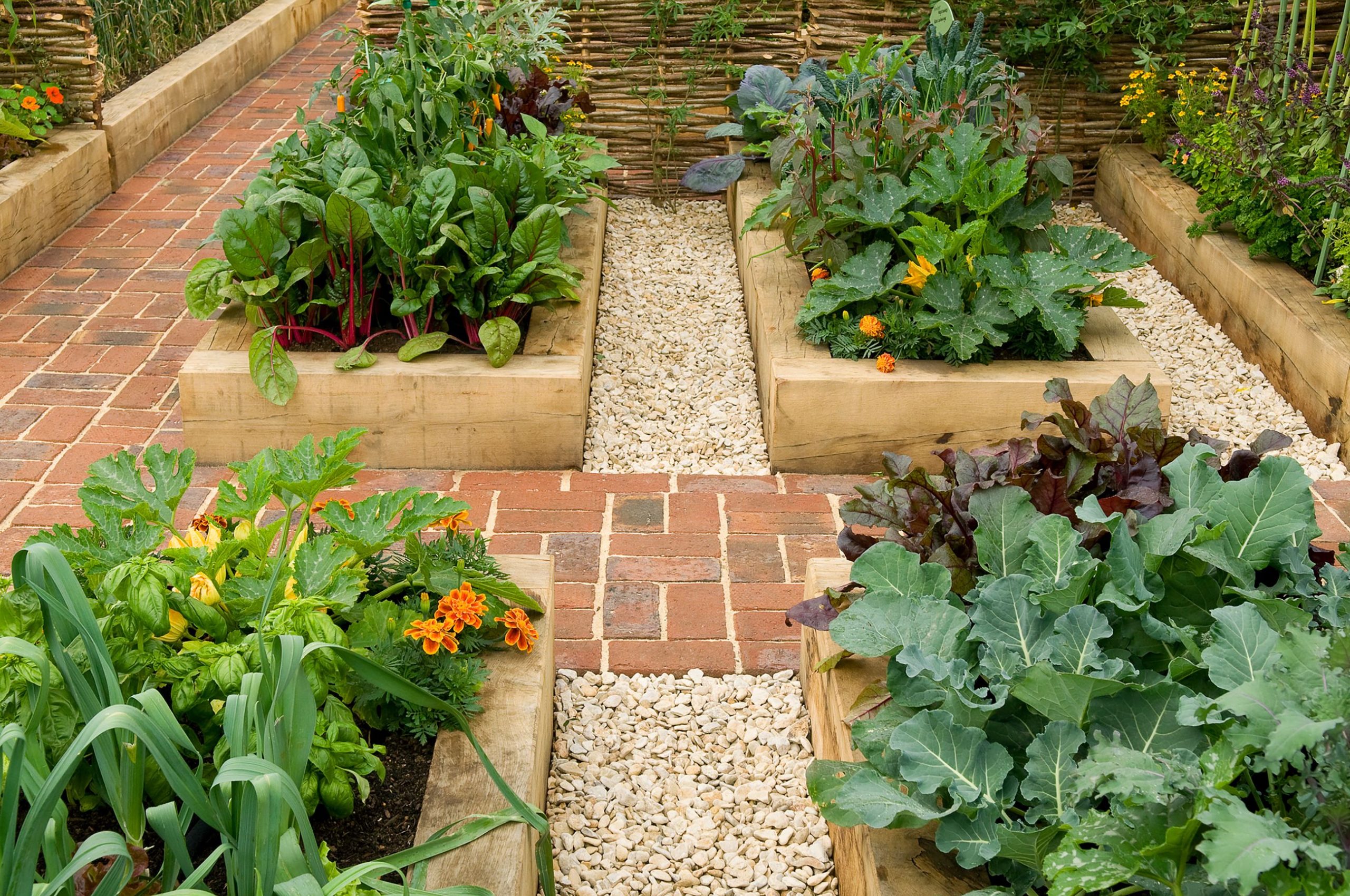Introduction
In the quest for a flourishing garden filled with vibrant blooms and bountiful harvests, raised bed (cama elevada) gardening has emerged as a popular and practical solution for both novice and seasoned gardeners alike. By lifting your plants off the ground, you open up a world of possibilities that enhance soil quality, improve accessibility, and optimize growing conditions. If you’re ready to take your gardening game to new heights, this comprehensive beginner’s guide to successful raised bed gardening will lead the way.

Understanding the Benefits
1. Superior Soil Control:
One of the primary advantages of raised beds is the ability to create an ideal soil environment. You can fill your beds with a custom blend of nutrient-rich soil, free from weeds, pests, and the compaction issues often found in native ground soil. This leads to healthier roots and more productive plants.
2. Enhanced Drainage:
Elevated beds naturally promote better drainage, which is crucial for preventing root rot and overwatering. Proper moisture levels ensure your plants receive the hydration they need without the risks associated with waterlogging.
3. Accessibility and Ease of Maintenance:
Gardening in raised beds significantly reduces the strain on your back and knees, as there’s no need for bending or kneeling on the ground. This feature makes it an excellent choice for gardeners of all ages and abilities. Additionally, the contained space facilitates efficient weeding, pruning, and harvesting.
4. Increased Growing Space:
Even in compact urban settings, raised beds can transform small or uneven spaces into productive gardens. Vertical layers can be added to maximize yields in minimal areas.
5. Pest Management:
Raised beds can deter some ground-dwelling pests and provide a natural barrier against invasive species. With proper maintenance, you’ll spend less time combating unwanted visitors.
Getting Started: Key Considerations
1. Location Matters:
Choose a spot that receives ample sunlight for the plants you intend to grow. Most vegetables require at least 6 hours of direct sun daily. Ensure the location is level and easily accessible for watering and maintenance.
2. Size and Height:
The size of your raised bed will depend on available space and your gardening goals. Aim for beds that are no wider than 4 feet to facilitate reaching across without stepping into the bed. The height can vary from 6 inches for flowers to 2 feet or more for deep-rooted vegetables.
3. Material Selection:
Popular choices include untreated wood, cedar, stone, bricks, or composite materials. Avoid pressure-treated lumber as it may contain chemicals harmful to plants. Select materials that are durable, safe, and aesthetically pleasing.
4. Soil Preparation:
Fill your beds with a mixture of topsoil, compost, and perlite or vermiculite for excellent drainage. A ratio of 60% topsoil, 30% compost, and 10% perlite is a common recommendation.
Planting and Care Tips
1. Companion Planting:
Strategically pairing plants can enhance growth, deter pests, and maximize space usage. For example, planting marigolds alongside vegetables can help repel nematodes.
2. Watering Wisely:
Due to the improved drainage in raised beds, regular watering is essential. Install a drip irrigation system or use soaker hoses for efficient and consistent hydration.
3. Seasonal Planning:
Rotate crops annually to prevent soil-borne diseases and maintain soil fertility. Plan your garden according to the seasons, considering which plants thrive in each period.
4. Regular Maintenance:
Keep beds weed-free, prune regularly, and monitor for pests or diseases. Mulching can help retain moisture and suppress weed growth.
By following these guidelines, you’ll soon discover that raised bed gardening not only elevates your plants but also your gardening experience. It’s a rewarding venture that combines the joy of cultivation with the satisfaction of a thriving, productive garden, tailored perfectly to your needs and desires. So, roll up your sleeves, grab your gardening gloves, and embark on this exciting journey towards elevated horticultural bliss!
Advanced Techniques for Optimal Results
Once you’ve mastered the basics of raised bed gardening, there are several advanced techniques you can employ to further enhance the productivity and beauty of your garden. These strategies go beyond the fundamentals, delving into specialized methods that can elevate your gardening expertise and yield even greater results.
Intensive Planting and Succession Sowing:
In raised beds, where soil quality is optimized, you can adopt intensive planting techniques to maximize space utilization. This involves planting crops closer together than traditionally recommended, provided their nutritional and sunlight requirements are met. Succession sowing, on the other hand, involves sowing seeds of the same crop at regular intervals to extend the harvest season. This ensures a continuous supply of fresh produce and efficient use of space.
Vertical Gardening Integration:
Make the most of your vertical space by integrating trellises, cages, or espalier techniques for vining plants like tomatoes, cucumbers, and beans. Not only does this conserve ground space, but it also promotes better air circulation and sunlight penetration, reducing the risk of fungal diseases.
Soil Amendments and Fertility Management:
Advanced gardeners often conduct soil tests to determine the exact nutrient needs of their plants. Based on the results, they amend the soil with specific fertilizers, minerals, or organic matter to address deficiencies. Composting and using cover crops (like clover or rye) during off-seasons can naturally enrich the soil and improve its structure.
Integrated Pest Management (IPM):
Rather than relying solely on chemical pesticides, IPM employs a holistic approach to pest control, combining biological, cultural, and physical methods. Encourage natural predators like ladybugs and lacewings, use row covers to exclude pests, and practice crop rotation to disrupt pest cycles.
Hydroponic and Aquaponic Systems in Raised Beds:
For the technologically inclined gardener, incorporating hydroponic or aquaponic systems into raised beds offers an innovative way to grow plants without soil. Hydroponics uses nutrient-rich water solutions, while aquaponics combines fish farming with plant cultivation in a closed-loop system. These methods can increase yields and conserve water, though they require a higher initial investment and maintenance knowledge.
Smart Technology Integration:
Modern technology can significantly streamline your gardening tasks. Smart irrigation systems, connected to weather forecasts, can automatically adjust watering schedules based on actual rainfall and evaporation rates. Soil moisture sensors can provide real-time data on when your plants need watering, and there are even apps that help track plant growth, remind you of fertilization schedules, and identify potential problems before they escalate.
Conclusion
By embracing these advanced techniques, you can turn your raised bed garden into a high-yielding, sustainable oasis that not only feeds your family but also inspires admiration from fellow gardeners. Remember, gardening is a continuous learning process; experimenting with new methods and staying adaptable to changing conditions is key to achieving the garden of your dreams. Happy gardening!




